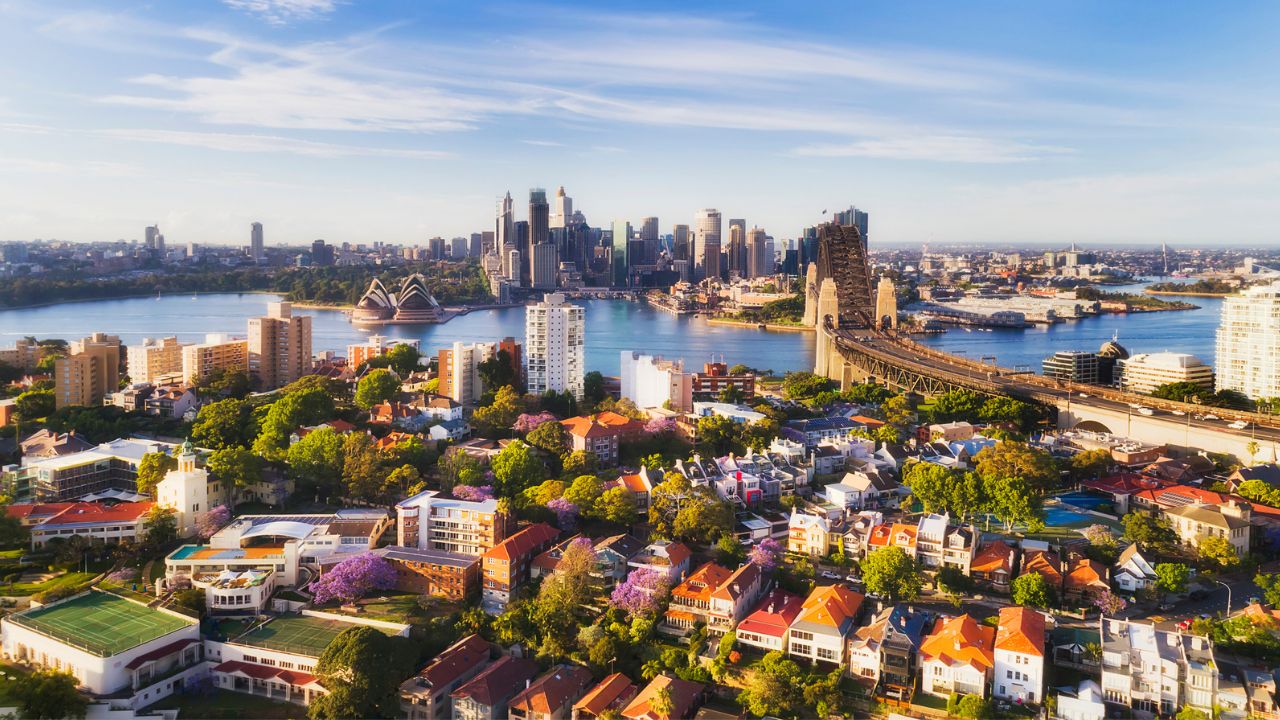According to Cotality’s November Monthly Housing Chart Pack, the median house value across combined capitals now sits at $1,091,000, compared to $728,000 for units.
This premium has grown substantially from just 20 per cent five years ago, driven by persistent demand for detached houses.
Cotality Economist Kaytlin Ezzy attributes this long-term trend to the value of land associated with houses.
“Houses have always seen stronger uplift than units in the long term because of the associated land value,” Ms Ezzy said.
“That price sensitivity appears to have blown out through the strong growth cycle over the past five years.”
The house price premium varies significantly across capital cities, ranging from 31.6 per cent in Hobart to a substantial 77.8 per cent in Sydney, highlighting regional differences in housing preferences and affordability.
Despite recent interest rate cuts, affordability constraints continue to shape market dynamics, with lower-to-middle value segments experiencing the strongest growth across most capital cities.
This trend has persisted for nearly two years as buyers gravitate toward more accessible price points.
Ms Ezzy said she was surprised at this continued pattern given recent monetary policy changes.
“It is somewhat surprising to see such persistent outperformance of lower-value housing market segments given there were three rate cuts in 2025,” Ms Ezzy said.
“Usually the high-end of the property market is more responsive to rate cuts.”
The total value of Australia’s residential property market has doubled over the past decade, with most growth occurring in the last five years. Interestingly, the geographic composition of this value has shifted, with South Australia, Western Australia, and Queensland gaining market share while New South Wales and Victoria have declined.
“Victoria has seen the biggest drop off in housing market share in the past five years, from 29 per cent five years ago, to less than a quarter of market share as of October this year,” Ms Ezzy said.
National dwelling values continue to strengthen, rising 2.8 per cent over the three months to October, the largest increase since July 2023.
Darwin and Perth led this growth at 5.4 per cent, followed by Brisbane at 4.9 per cent, while Hobart recorded the weakest result at 0.5 per cent.
Sales activity is trending upward, with Cotality estimating 48,764 sales nationally through October.
Regional areas have seen a steady increase in annual sales, up 5.1 per cent compared to last year and 1.6 per cent higher than the previous five-year average.
Properties are selling faster than the decade average, with the national median time on market at 29 days compared to the 10-year average of 37 days.
Low stock levels and increased buyer activity have created favourable conditions for sellers, with the national median vendor discount rate reaching its lowest level in more than three and a half years at 3.1 per cent.
Total listings remain below average, with 127,833 properties advertised for sale over the four weeks to October 26th, 18.3 per cent below the typical level for this time of year.
This shortage of available properties continues to put upward pressure on prices.
“Due to affordability constraints, we may see more of a deflection towards units in cities like Sydney in the short term, but over the long term we still expect houses to outperform even if the premium on houses falls,” Ms Ezzy said.

